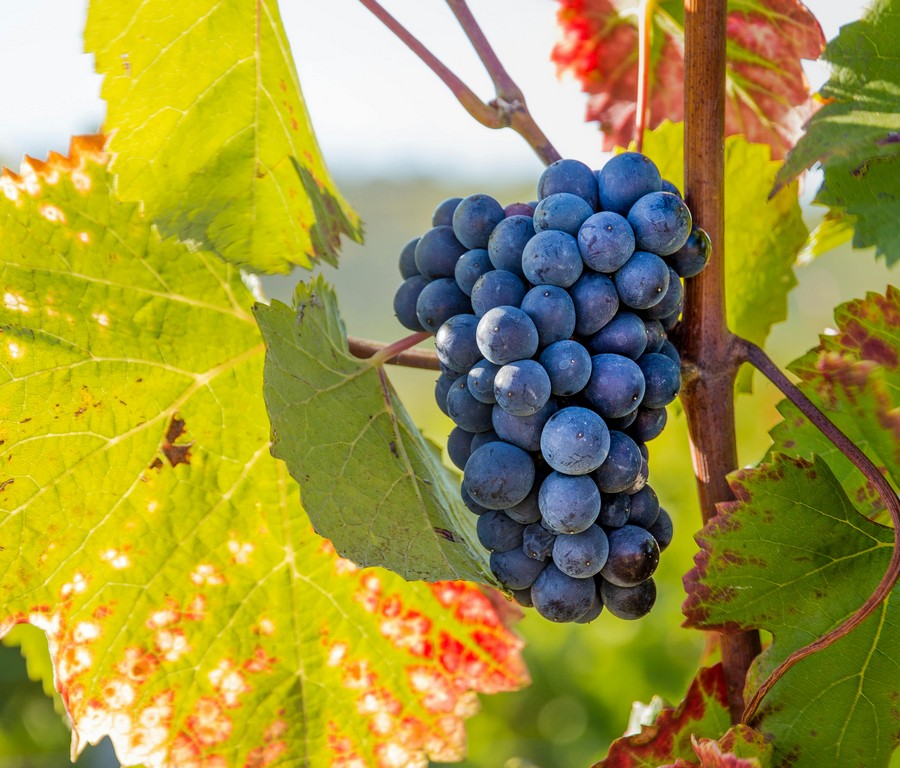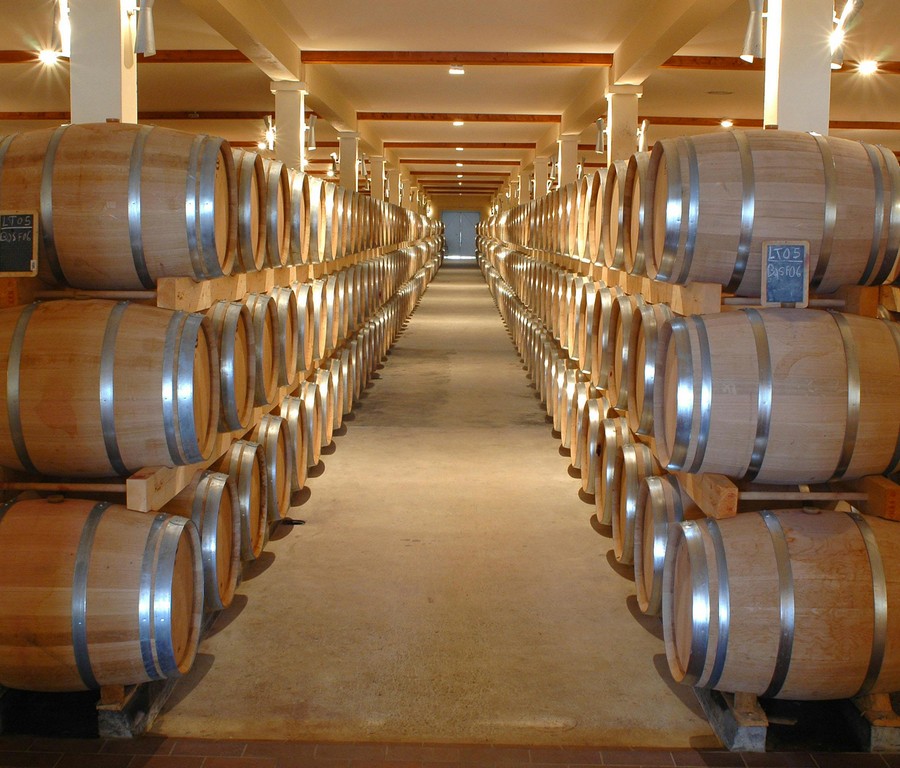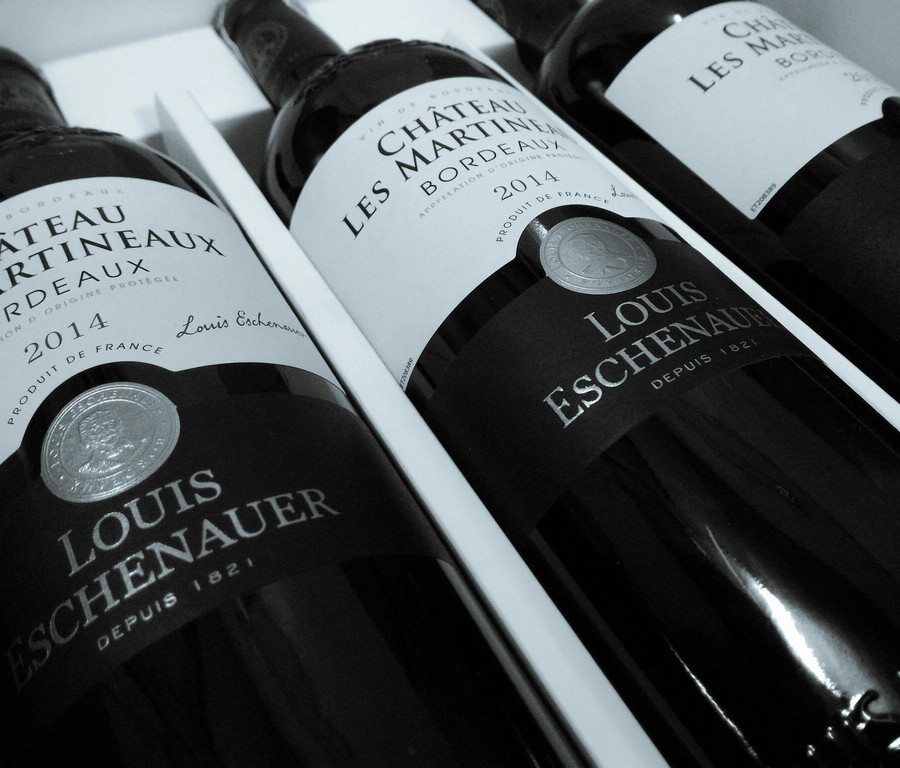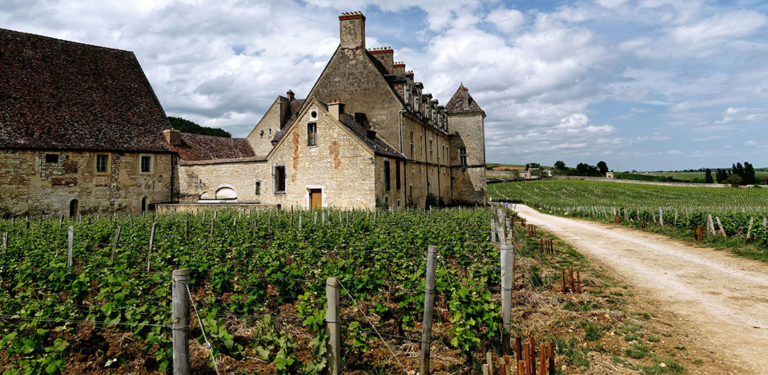Winemaking in France’s two iconic regions, Bordeaux and Burgundy, embodies contrasting approaches rooted deeply in history, culture, and tradition. While both regions produce world-renowned wines, they differ significantly in winemaking techniques, approaches to terroir, blending, marketing, and even in the social philosophies that have evolved around them. Here, we summarize what sets Bordeaux and Burgundy apart in these respects, highlighting their unique appeals and strategic approaches to the global wine market.
The Terroir-Centric Approach of Burgundy
In Burgundy, the concept of terroir, the unique combination of soil, climate, and topography is paramount. Each vineyard parcel, known as a climat, is distinct and defines the identity of the wine produced from it. The region’s winemaking philosophy centers on expressing the natural characteristics of the land with minimal intervention. Burgundy’s wines are typically single-varietal, dominated by Pinot Noir for reds and Chardonnay for whites, allowing the subtleties of terroir to take center stage.

Burgundy’s terroir philosophy reflects an almost reverential commitment to soil and site. Producers in Burgundy often adhere to traditional techniques, with many adopting organic or biodynamic practices to preserve the natural ecosystem. This emphasis on terroir has cultivated a devoted following among connoisseurs who appreciate the intricate expressions of flavor and aroma unique to each climat. Even within a small area, wines can vary dramatically, showcasing the region’s belief in letting the land tell its story.
Bordeaux’s Blending Tradition
Bordeaux, in contrast, is celebrated for its mastery of blending. The wines from Bordeaux are typically a combination of multiple grape varieties, with Cabernet Sauvignon, Merlot, and Cabernet Franc leading the reds, and Sauvignon Blanc and Sémillon for whites. Each grape contributes distinct qualities, and the blending process allows winemakers to achieve a harmonious balance, enhancing complexity and depth.

Unlike Burgundy’s terroir-specific focus, Bordeaux’s winemaking philosophy is often more about consistency and control. The blend is crafted to produce a reliable profile that emphasizes richness and structure, aiming for a wine that will age gracefully over decades. The result is a wine that embodies both the heritage of the region and the skilled hand of the vintner, while also offering consistency across vintages.
Marketing Strategies: Burgundy’s Exclusivity vs. Bordeaux’s Prestige
Burgundy’s marketing strategy leans into its terroir-driven identity. Due to the limited production tied to individual climats, Burgundy wines often command high prices, and scarcity only increases their desirability. Burgundy producers position their wines as rare, artisanal products, appealing to discerning buyers who value exclusivity and are willing to pay a premium for it. Burgundy’s strong emphasis on terroir allows producers to market even smaller plots within a single vineyard as unique, building a sense of exclusivity around each wine.

Bordeaux, on the other hand, employs a strategy rooted in prestige and historical legacy. With more expansive estates and a long history of international trade, Bordeaux has created a global brand for itself, with its top wines, particularly from the Médoc and Saint-Émilion, ranked within a classification system that dates back to 1855. The classification has made names like Château Margaux and Château Latour synonymous with luxury and quality. Bordeaux’s marketing often revolves around the château itself, presenting it as an esteemed institution, and appealing to a broader audience, from novice wine enthusiasts to seasoned collectors.
Philosophical and Social Distinctions: Class and Tradition
The philosophical and social divide between Bordeaux and Burgundy is deeply tied to each region’s winemaking style and approach to the market. Bordeaux’s estates, or châteaux, are large, organized properties historically owned by nobility or wealthy families. This has led to a reputation for opulence and social stratification, with Bordeaux wines often seen as symbols of status and wealth. The region’s focus on structure and longevity in wine mirrors its structured and hierarchical social system, where the top estates dominate both production and prestige.
In Burgundy, vineyards are often small and fragmented, with many handed down through generations of families. This fragmentation is partly due to the Napoleonic inheritance laws, which required land to be divided equally among heirs. As a result, Burgundy has a more artisanal, family-oriented image, and its winemaking philosophy tends to emphasize authenticity and a connection to the land. Socially, Burgundy exudes an air of humility and craftsmanship, in contrast to Bordeaux’s grandeur.

A Contrast in Values: Nature vs. Craftsmanship
At their core, the wines of Burgundy and Bordeaux represent two contrasting values. Burgundy’s wines are an ode to the natural world, capturing the purity of the vineyard and the subtleties of the soil. Bordeaux, in contrast, celebrates the winemaker’s artistry in blending, where the skill of the vintner shapes the final product. For wine lovers, this divide offers a choice: to savor the unfiltered expressions of Burgundy’s terroir or to appreciate the refinement and balance of Bordeaux’s craftsmanship.
Both Bordeaux and Burgundy have carved unique spaces in the global wine market, catering to different tastes, preferences, and philosophies. For those seeking exclusivity and the story of the land, Burgundy offers wines that are intimate reflections of their terroir. For those drawn to tradition, luxury, and refined craftsmanship, Bordeaux remains the standard-bearer of blended excellence. In this diversity, French wine has found its enduring appeal.


